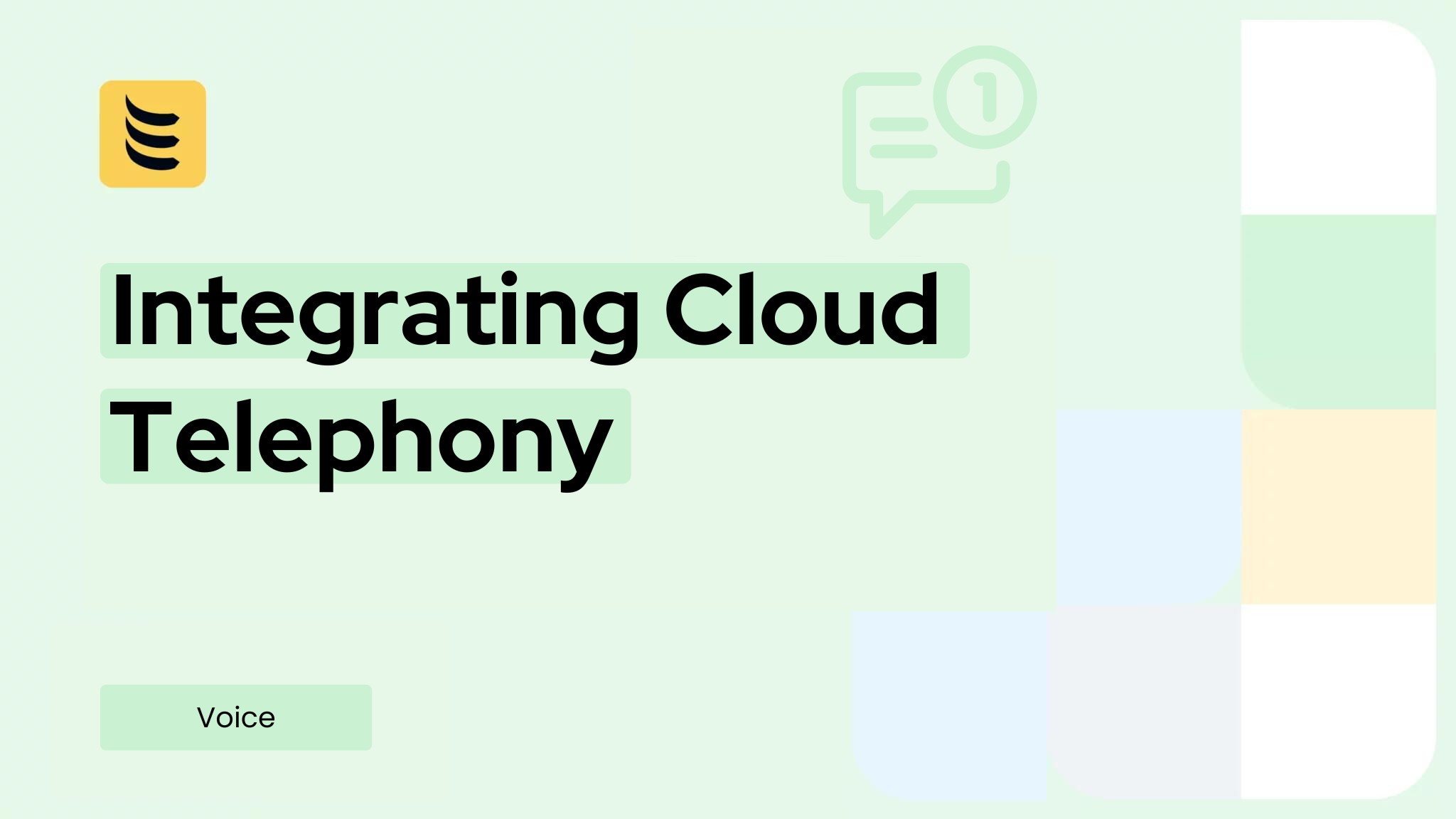In today’s business landscape, efficient and cost-effective communication solutions are essential for organizations of all sizes. SIP trunking has emerged as a popular choice, offering flexibility, scalability, and significant cost savings compared to traditional telephony systems. However, finding the right SIP trunk pricing model and understanding the associated costs can be a complex task.
This guide aims to simplify the process by providing you with valuable insights, rate comparisons, and practical tips to help you make informed decisions about SIP trunking pricing. We’ll explore the various factors that influence pricing structures, highlight key considerations for selecting the right service provider, and offer strategies to optimize your SIP trunking costs without compromising on quality.
Whether you’re a small business looking to enhance your communication capabilities or a large enterprise seeking to streamline operations across multiple locations, our SIP Trunk Pricing Guide is designed to empower you with the knowledge necessary to navigate the market and make financially sound choices.
How Much Do SIP Trunks Cost?
SIP trunking has gained popularity as a cost-effective alternative to traditional telephony systems. When considering the implementation of SIP trunks, understanding the associated costs is crucial for businesses to make informed decisions and budget effectively. In this section, we will explore the various factors that influence SIP trunk pricing and provide you with a detailed breakdown of the costs involved.
Service Provider Rates:
The pricing of SIP trunks varies across different service providers. Typically, providers offer flexible pricing plans based on factors such as the number of concurrent call paths or channels required, usage patterns, and geographic locations. It’s essential to compare rates from multiple providers to find the best fit for your business needs.

Channel Pricing:
One of the primary cost components of SIP trunking is the pricing structure based on the number of concurrent call paths or channels required. Providers often offer different pricing tiers, allowing businesses to scale their communication capacity as needed. The number of channels required depends on factors such as the size of your organization, call volume, and peak usage times.
Local and International Calling:
SIP trunk pricing may also include local and international calling rates. Local calling charges usually depend on the destination and the provider’s specific pricing for that region. International calling rates vary significantly based on the country being called and the provider’s agreements with international carriers. Carefully review the rates for local and international calls when comparing service providers.
Set-up and Installation:
In addition to ongoing service charges, some providers may have one-time set-up and installation fees. These fees cover the initial configuration and activation of your SIP trunking service. It’s important to inquire about any potential set-up costs during the evaluation phase.
Equipment and Compatibility:
Businesses need compatible hardware or software to utilize SIP trunks, such as IP-enabled PBX systems or session border controllers (SBCs). Depending on your existing infrastructure, you may need to upgrade equipment or purchase new devices. The costs associated with hardware or software upgrades should be considered when assessing the overall cost of implementing SIP trunks.
Additional Features and Services:
Service providers may offer additional features and services that can enhance your SIP trunking experience but may come at an extra cost. These can include features like auto-attendants, call recording, voicemail-to-email, and advanced call routing options. Evaluate the value these features bring to your organization and consider the associated costs when selecting a service provider.
Contract Terms and Commitments:
The contract terms and commitments with a service provider can also impact the overall cost of SIP trunks. Some providers may offer discounts or promotional pricing for longer-term contracts, while others may require a minimum commitment period. Take these factors into account when assessing the total cost of ownership over the desired contract duration.
Enterprise SIP Strategies to Lower Monthly Costs
SIP trunking offers significant cost savings compared to traditional telephony systems, but there are additional strategies that enterprises can implement to reduce their monthly costs further. This section will explore several effective strategies businesses can employ to optimize their SIP trunking expenses.
Evaluate Call Volume and Usage Patterns:
By analyzing call volume and usage patterns within your organization, you can gain valuable insights that help optimize your SIP trunk capacity. Identify peak calling times, understand call patterns across different departments or locations, and adjust the number of concurrent call paths accordingly. By rightsizing your SIP trunk capacity to match actual demand, you can avoid overpaying for unused channels and optimize your costs.
Consolidate Communication Channels:
Consider consolidating your communication channels onto a single SIP trunk. If your organization has multiple locations or departments with separate communication systems, consolidating them into a centralized SIP trunk can reduce costs. This approach eliminates the need for multiple trunks, reduces maintenance expenses, and streamlines management, leading to cost savings.
Implement Bandwidth Management:
Effective bandwidth management is crucial for optimizing SIP trunking costs. Consider implementing Quality of Service (QoS) techniques to prioritize voice traffic over data traffic and ensure optimal call quality. By efficiently allocating and managing your network bandwidth, you can minimize the risk of congestion, improve call quality, and reduce the need for additional bandwidth, resulting in cost savings.
Embrace Scalability and Flexibility:
SIP trunking offers scalability and flexibility, allowing businesses to add or remove channels as needed easily. Leverage these capabilities to align your SIP trunk capacity with your business requirements at any given time. For example, during seasonal peaks or business expansions, you can temporarily increase your capacity to meet the demand and then scale back during quieter periods to avoid unnecessary costs.
Negotiate Service Contracts:
When selecting a SIP trunk service provider or renewing existing contracts, consider negotiating pricing and contract terms. Engage in discussions with providers to explore potential discounts, promotions, or customized pricing options that cater to your specific needs. Providers are often willing to work with you to find mutually beneficial arrangements that can result in cost savings.
Regularly Review and Optimize:
SIP trunking costs should be regularly reviewed and optimized to ensure continued efficiency. Analyze your monthly billing statements, identify any anomalies or unused services, and communicate with your provider to make adjustments as necessary. By maintaining an ongoing review process, you can proactively identify cost-saving opportunities and ensure you are only paying for the services you require.

Explore Value-Added Features:
While focusing on cost reduction, don’t overlook the potential value-added features offered by your SIP trunk service provider. Some providers may offer additional features or bundled services that can enhance your communication capabilities without significantly increasing costs. Assess these options and consider the potential benefits they bring to your organization before deciding solely based on pricing.
By implementing these strategies, enterprises can optimize their SIP trunking costs while maintaining high-quality communication services. Remember that each organization’s needs may vary, so it’s important to assess these strategies in the context of your specific business requirements and consult with your SIP trunk service provider to ensure the best possible outcomes.
SIP Trunk FAQs
What is SIP trunking?
SIP trunking, or Session Initiation Protocol trunking, is a technology that enables businesses to make and receive voice calls, video calls, and other multimedia communications over the Internet. It replaces traditional phone lines by using an IP-based connection to connect your organization’s private branch exchange (PBX) system to the public switched telephone network (PSTN).
How does SIP trunking work?
SIP trunking works by converting voice and multimedia communications into data packets that are transmitted over an internet connection. It utilizes the SIP protocol to establish and manage communication sessions between your organization’s PBX and the service provider’s network. SIP trunking allows for the consolidation of voice and data services over a single IP network, reducing costs and increasing flexibility.
What are the benefits of SIP trunking?
SIP trunking offers several benefits, including cost savings, scalability, flexibility, and advanced features. By leveraging the Internet for communication, businesses can reduce costs associated with traditional phone lines and long-distance calls. SIP trunks can be easily scaled up or down to accommodate changing call volumes, and they provide flexibility to add new features and services as needed.

What are the hardware and software requirements for SIP trunking?
To implement SIP trunking, you typically need an IP-enabled PBX system that supports the SIP protocol. This can be either an on-premises PBX or a cloud-based PBX. Additionally, you may need a session border controller (SBC) to secure your network and manage SIP traffic. Consult with your service provider or vendor to ensure compatibility and obtain specific hardware and software requirements.
Can I keep my existing phone numbers with SIP trunking?
Yes, in most cases, you can keep your existing phone numbers when switching to SIP trunking. This process is known as number porting. Your service provider will guide you through the porting process, which involves transferring your existing phone numbers from your current provider to the SIP trunk service. It’s important to check with your provider to confirm number porting capabilities and any associated fees.
Is SIP trunking suitable for businesses of all sizes?
Yes, SIP trunking is suitable for businesses of all sizes, ranging from small businesses to large enterprises. It offers scalability and flexibility to accommodate the communication needs of different organizations. Whether you have a single office or multiple locations, SIP trunking can be tailored to meet your specific requirements and support your business’s growth.
Is SIP trunking secure?
SIP trunking can be secured by implementing proper security measures such as firewalls, encryption, and session border controllers (SBCs). It’s crucial to work with a reputable service provider and follow best practices to ensure the security of your SIP trunking infrastructure. Regularly updating software, using strong authentication methods, and monitoring for any suspicious activity are recommended to maintain a secure environment.
How do I choose a SIP trunk service provider?
When selecting a SIP trunk service provider, consider factors such as reliability, call quality, pricing, customer support, and the provider’s network coverage. Assess your organization’s specific needs, compare offerings from multiple providers, and read reviews or seek recommendations from trusted sources. It’s also beneficial to inquire about service-level agreements (SLAs) and evaluate the provider’s experience and expertise in SIP trunking.
Ready to experience the cost savings, flexibility, and advanced features of SIP trunking for your business? Look no further than IDT Express, a leading Voice carrier network provider. With our reliable and high-quality SIP trunking solutions, we offer customizable plans tailored to meet your communication needs while optimizing your monthly costs.
Contact us today to explore how IDT Express can transform your organization’s communication infrastructure. Our team of experts will guide you through the process, provide personalized recommendations, and deliver top-notch support to ensure a seamless transition to SIP trunking. Unleash the potential of your business with IDT Express and take advantage of the benefits that SIP trunking has to offer.




